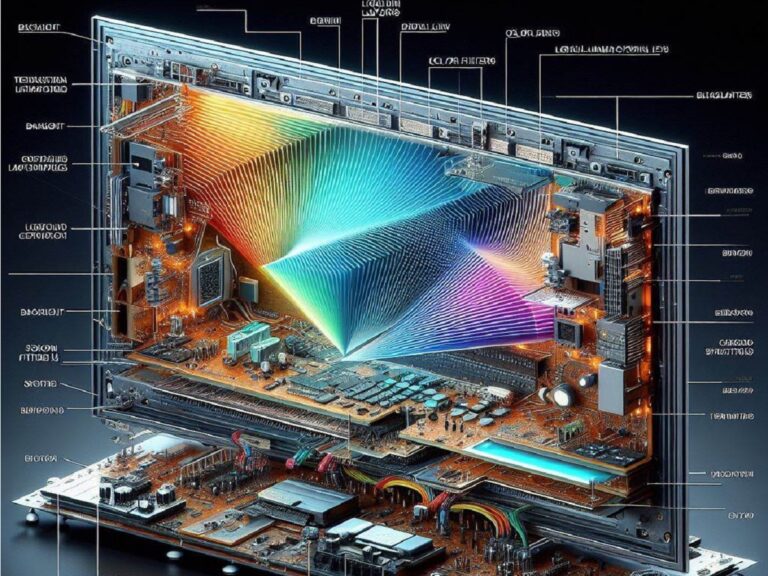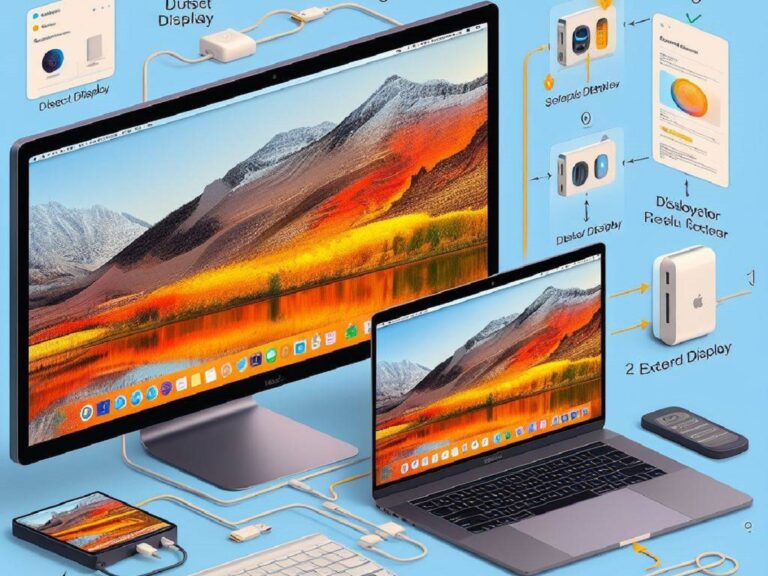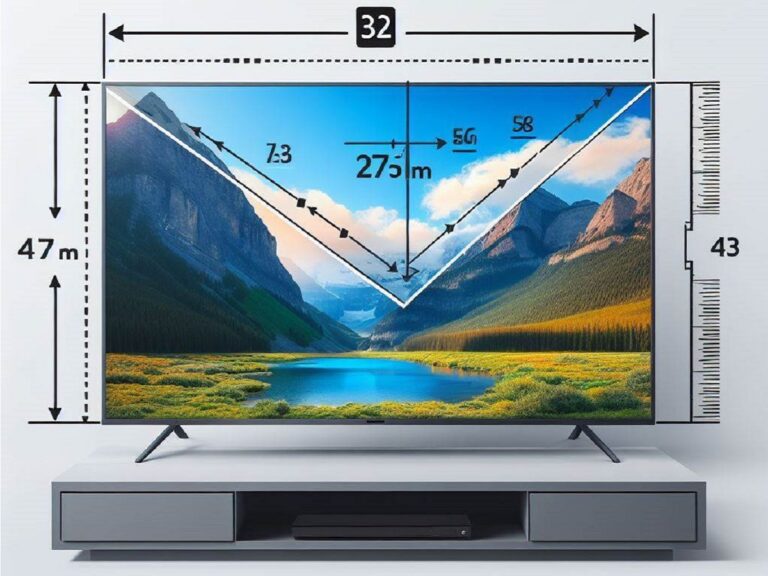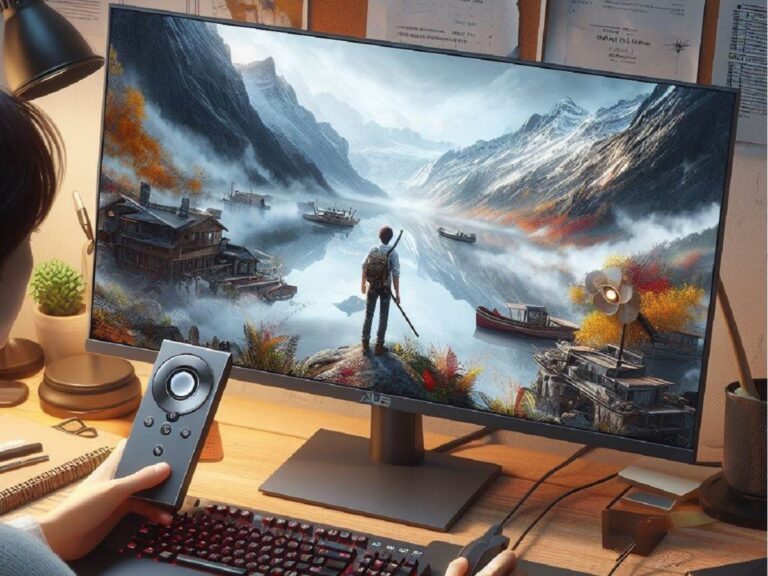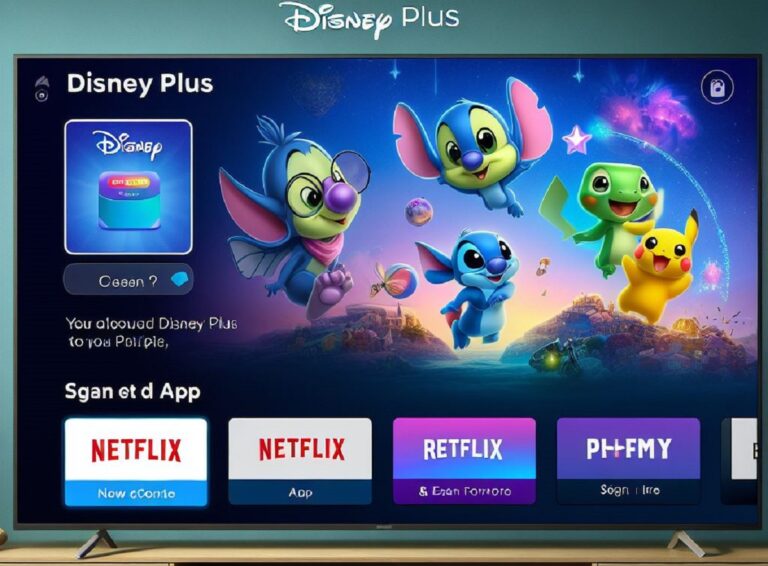Gamers know the thrill of a perfectly timed shot or the frustration of a choppy, unresponsive game. One key factor impacting this experience is the monitor’s refresh rate, measured in Hertz (Hz). This seemingly technical term refers to how many times per second the screen refreshes the image. So, when it comes to refresh rates, is 60Hz good enough for gaming? Let’s break down the world of refresh rates and how they affect your gameplay.
Picture This: Refresh Rates Explained
Imagine a flipbook – rapidly flipping pages creates the illusion of movement. Similarly, a monitor displays still images (frames) in quick succession to create the illusion of motion on screen. The refresh rate determines how often these frames are displayed.
- A 60Hz refresh rate: The monitor refreshes the image 60 times per second, meaning it can potentially display 60 frames per second (FPS).
- A 120Hz refresh rate: The monitor refreshes 120 times per second, and if your computer can deliver that many frames, you’ll see a smoother 120 FPS experience.
The Refresh Rate Advantage in Gaming:
-
Smoothness is King: Higher refresh rates generally lead to smoother gameplay. With a 60Hz refresh rate, fast-paced movements might appear choppy or blurry. This can be particularly noticeable in games with quick action like first-person shooters or racing games. A 120Hz refresh rate can significantly improve smoothness, making everything feel more fluid.
-
Reacting Faster: Refresh rate also affects input lag – the time between your action (pressing a button) and the response on screen. A lower refresh rate can lead to a slight delay, potentially hindering your reaction times in competitive games where every millisecond counts.
Is 60Hz Enough for You? Here’s the Breakdown:
The answer depends on several factors:
Your Gaming Style:
-
-
Casual Play: For slower-paced games or more relaxed gameplay, a 60Hz monitor might be perfectly sufficient. Many casual gamers might not even notice a significant difference in smoothness with a higher refresh rate.
-
Competitive Edge: If you play competitively or enjoy fast-paced action games, a higher refresh rate (like 120Hz or even 240Hz) can offer a significant advantage. The smoother visuals and potentially lower input lag can help you react faster and improve your overall competitive edge.
-
Powerful Partner: Your Graphics Card (GPU):
A higher refresh rate monitor won’t magically improve performance. Your graphics card (GPU) needs to be powerful enough to consistently deliver frame rates that match the monitor’s refresh rate. For example, if your GPU can only deliver 60 FPS, a 120Hz monitor won’t display the extra frames. Consider upgrading your GPU if you plan to switch to a higher refresh rate monitor.
Budget Matters: Higher refresh rate monitors generally cost more than their 60Hz counterparts. Consider your budget and prioritize features most important to you.
Beyond Refresh Rates: Additional Factors for Smooth Gaming
-
Response Time: Measured in milliseconds (ms), response time indicates how fast a pixel can change color. A lower response time (ideally below 5ms) minimizes ghosting – a trailing effect that can blur fast-moving objects on screen.
-
Variable Refresh Rate (VRR): This technology synchronizes the refresh rate of the monitor with the frame rate of your GPU, eliminating screen tearing and stuttering for an even smoother experience (VRR requires both a compatible graphics card and monitor).
Making the Right Choice: A Gamer’s Guide
There’s no single best refresh rate for everyone. Here’s a quick guide to help you decide:
- Prioritize affordability and casual gaming: A 60Hz monitor might be suitable.
- Want smoother visuals and a competitive edge: Consider a 120Hz or higher refresh rate monitor (with a powerful GPU to match).
- Value responsiveness above all else: Look for monitors with both a high refresh rate and a low response time.
Remember:
- Refresh rate is just one factor affecting gaming experience. Consider your game preferences, hardware, and budget.
- Read reviews for specific monitors to understand their strengths and weaknesses, including actual refresh rate performance and response times.
Conclusion
Achieving a smooth and responsive gaming experience requires a balanced approach. While a 60Hz refresh rate can be sufficient for casual gamers or slower-paced games, those seeking a competitive edge or a visually smoother experience in fast-paced games will benefit from a higher refresh rate monitor (like 120Hz or even 240Hz). Remember, a powerful graphics card is crucial to ensure your system can deliver frame rates that match the monitor’s refresh rate. Consider your gaming preferences, hardware capabilities, and budget to make the best choice for you. By understanding refresh rates and other factors affecting gameplay smoothness, you can level up your setup and take your gaming to the next level.

